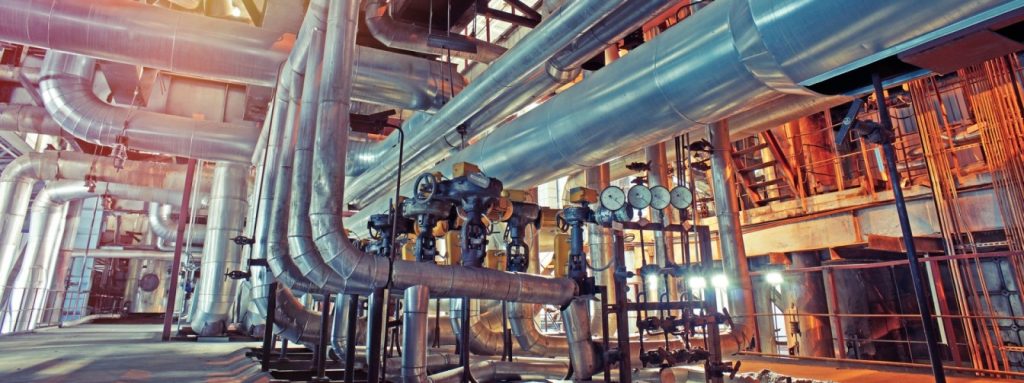
Investors wishing to take a slice of the nascent green hydrogen industry should spend their money on electrolysis innovation, advised Rene Peters, involved in the world’s first offshore green hydrogen project, in an exclusive interview with Climate Transformed.
“The big investments should be made in the electrolysis process. That’s where the technology is lagging behind and that’s where investors should seek their opportunities,” said Peters, who is Business Director of Gas Technology at Dutch research institute TNO. The body is involved in a number of large engineering pilots, including the PosHYdon project off the coast of the Netherlands.
The project is testing the possibility of placing a hydrogen electrolyser at an operating offshore oil and gas platform and to connect it to a nearby offshore wind farm which will power the electrolysis process. Construction to place the 1-MW electrolyser, provided by Norwegian hydrogen firm nel, on the platform will commence next year and first offshore green hydrogen production is set for 2023, Peters said.
The ultimate aim is to expand PosHydon’s electrolyser capacity above 100MW in order to achieve the magnitude needed to bring large-scale offshore wind electricity to land. “Scaling up electrolysis technology towards the 100MW or gigawatt-scale is really needed to make this economic, and not just for scale but also for bringing costs down,” Peters said.
Green hydrogen, pegged as a viable clean replacement to fossil fuels such as natural gas and crude oil, remains much costlier than dirtier alternatives. Green hydrogen, produced from renewable electricity sources such as wind or solar, is around four times more expensive than hydrogen produced from grey sources, i.e. natural gas or oil. “Green hydrogen is more expensive because of the electricity you have to buy to convert it,” Peters said, but added that costs for renewable energy were starting to fall considerably.
Another factor contributing to higher costs is capital expenditure and in the context of green hydrogen this means the cost of the electrolyser. Current electrolysis prices are around €1000/kW, equating to a hefty €1 million/MW. “We have to go down to at least €200/kW to make this electrolysis technology economic and that’s where the big investments are needed,” Peters said.
A number of notable investments have been made in recent years, such as US power company Cummins’ acquisition of hydrogen production technologies provider Hydrogenics or a recent capital raise by UK electrolyser producer ITM Power attracting £250 million.
“I think there’s sufficient capability in the industry to bring these costs down to an acceptable level,” Peters said. Going forward, rising carbon taxes will also further burden grey hydrogen production and tilt the balance in favour of green hydrogen. “There will definitely be a moment in time, let’s say in ten years or sooner, that green hydrogen will be competitive with grey hydrogen,” he added.
Karolin Schaps is an experienced journalist and currently writes for a variety of publications focused on the energy markets. As a correspondent for Reuters news agency for 8 years, Karolin covered the energy beat extensively, with focus on gas, power and renewables markets as well as the companies working in the field.Before joining Reuters, Karolin was a reporter with Argus Media after stints with Der Spiegel and Sky TV. She currently lives in the Netherlands and, as a German national with roots in Belgium, speaks four languages fluently.